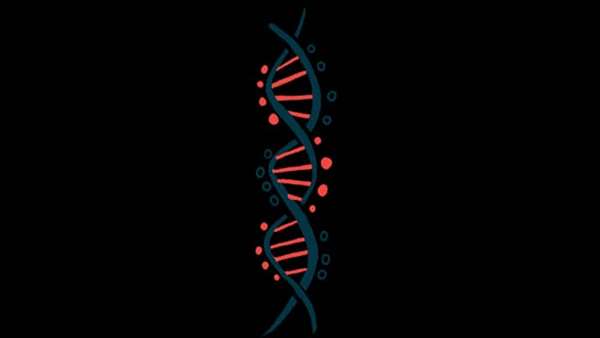The first patient has been dosed with the second, higher dose of FLT190, Freeline Therapeutics’ investigational gene therapy for Fabry disease that’s being studied in its Phase 1/2 MARVEL-1 clinical trial.
Freeline’s decision to proceed with the higher dosing level of 1.5×1012 vector genomes per kilogram of body weight (vg/kg) was supported by positive safety and effectiveness data from the lowest dose group of 7.5×1011 vg/kg.
The first two patients treated with the lower dose achieved sustained increases in alpha-galactosidase A (Gal A), the faulty enzyme in Fabry disease, and one has remained free of enzyme replacement therapy (ERT) four months after treatment.
A temporary side effect of mild myocarditis, or inflammation of the heart muscle, was reported with this treatment.
Freeline expects to report updated safety and effectiveness data in the first half of 2023.
Mutations in GLA, the gene that provides instructions for producing Gal A, are the underlying cause of Fabry disease. A faulty Gal A enzyme results in fatty substances globotriaosylceramide (Gb3) and Lyso-Gb3 building up to toxic levels, which can damage the heart, kidney, skin, and central nervous system — the brain and spinal cord.
FLT190 consists of a modified and harmless adeno-associated virus that carries a healthy version of the GLA gene to liver cells, thus ensuring functional Gal A enzyme is produced.
This one-time treatment is administered directly into the bloodstream and is expected to eliminate the need for standard ERT or chaperone therapy. ERT delivers a healthy version of an enzyme to patients, while chaperone therapy involves small molecules binding to faulty enzymes, improving their function.
“We believe FLT190 has the potential to be a life-changing therapy for people with Fabry disease by providing durable enzyme activity above the normal range with a one-time treatment, and we are excited to have initiated this [group] in MARVEL-1,” Pamela Foulds, MD, Freeline’s chief medical officer, said in a press releae.
The dose-finding MARVEL-1 trial (NCT04040049) is assessing the safety and effectiveness of FLT190 in up to 15 men with classic Fabry disease, which is associated with total or near-total absence of working Gal A. The trial is recruiting at five sites across Europe and more are expected to open by year’s end.
In the study’s dose-escalation first phase, patients who were previously treated with ERT or chaperone therapy will receive ascending doses of FLT190 to determine the safest and most effective dose.
Four escalating doses are planned: 7.5×1011, 1.5×1012, 4.5×1012, and 1.5×1013 vg/kg. Once the optimal dose is determined, FLT190 will be evaluated in the trial’s second part with patients who have not received prior treatment.
Patients will be monitored for a nine-month period after which they may choose to enter a long-term extension study for at least five years (MARVEL-2).
MARVEL-1’s main goal is to determine treatment safety; its secondary goals are to assess changes in Gal A activity and Gb3 and Lyso-Gb3 levels. Kidney and heart function, quality of life, as well as the immune responses to the adeno-associated virus will also be assessed.
According to Freeline, an agreement was reached with the U.S. Food and Drug Administration to dose patients in MARVEL-1 in the U.S. In March, the company announced it would proceed to the second dose level without dosing a third patient at the lowest dose after receiving support from a data monitoring committee (DMC).
FLT190 has been designated an orphan drug for Fabry disease in the U.S. and Europe, a status that can help accelerate the therapy’s development and review through regulatory support and financial incentives.
https://fabrydiseasenews.com/news/first-fabry-patient-receives-higher-flt190-gene-therapy-dose/




ارسال به دوستان